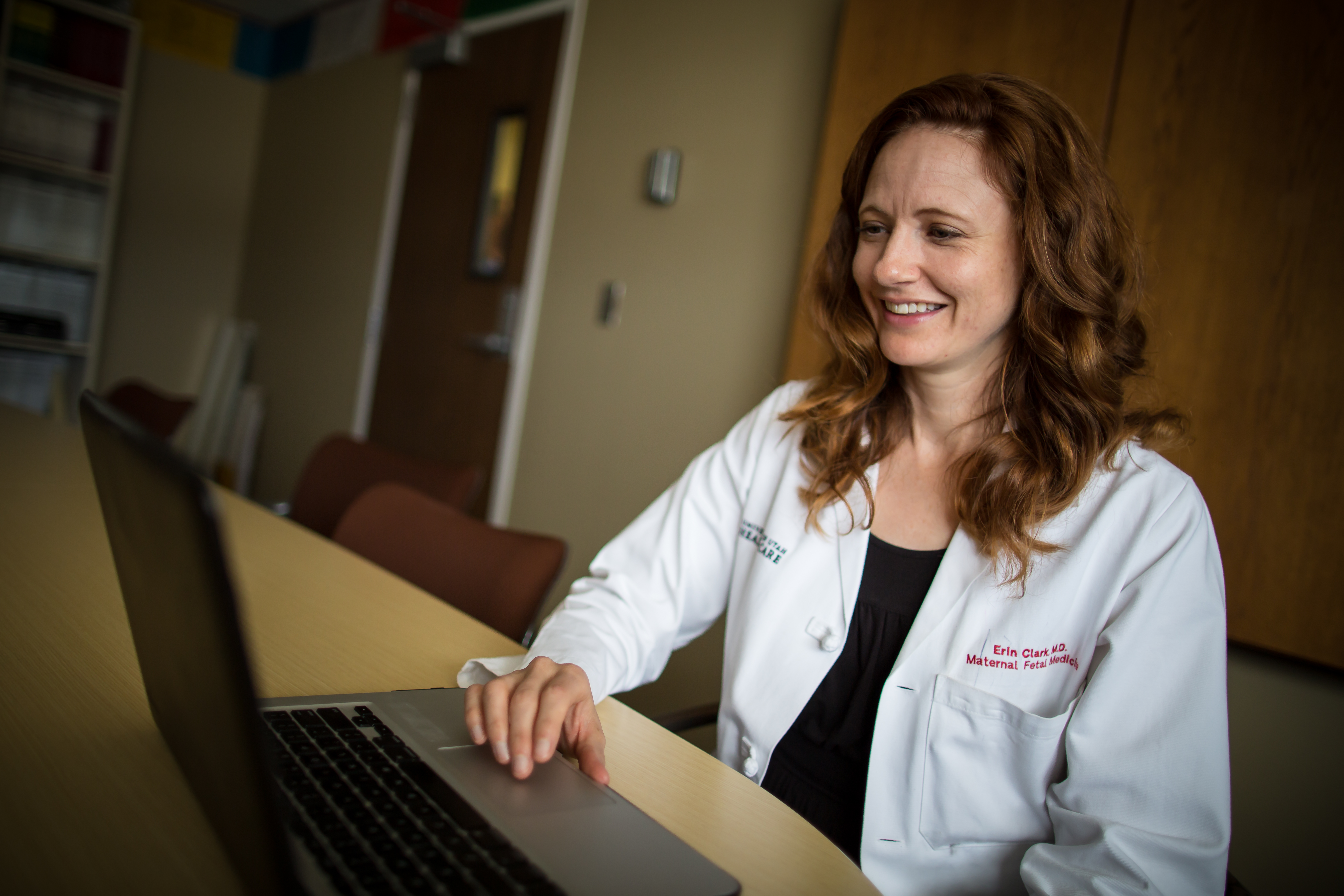Prenatal Care: Breaking Through Tradition and Habit

Prenatal care is governed by medical dogma.
Mothers first check in with their doctors around eight weeks’ gestation, setting in motion a regimented schedule of clinic visits and tests — prenatal labs, genetic screening, the clinical ultrasound, gestational diabetes testing, Group B Strep screening — that mark the long, 40-week march to a baby.
That regimented schedule developed based on the best science of the day.
One hundred years ago.
Nearly 10 decades of baked-in medical doctrine about how to care for pregnant women has been driven largely by fear of deaths like that of Lady Sybil Crawley in the PBS hit TV show “Downton Abbey.” Crawley’s character died of eclampsia complications in one of the series’ most dramatic storylines.
But despite ensuing research and technological advances, the dogma has stuck. Prenatal care now requires more than a dozen maternal visits to the doctor’s office—even for women in their second or third pregnancy, even for those at low risk of complications—in an effort to stave off such traumatic outcomes.
Obstetrician/gynecologist Erin Clark, M.D., was determined to let her patients choose an unconventional course of prenatal care, but that was only possible after she reimagined that century of practice. “Why have we persisted in this approach? We have so much data that tells us we can do less with low-risk populations,” Clark says. “But a lot of obstetrics is steeped in dogma. It causes obstetricians chest pain to think about straying from something that is so comfortable to them. And patients aren’t comfortable either. The needle has moved very slowly.”
To move the needle a little bit more, Clark designed a two-year clinical trial of 200 low-risk expectant mothers that ended in 2016. Half the women in the study checked in remotely for up to half of the 15 prenatal visits normally required by maternal health care metrics. Armed with blood pressure cuffs, scales, hand-held ultrasounds and computers, the mothers consulted with their OB/GYNs from home. For the doctors, clinic visits turned into telemedicine consultations in exam rooms. Five key, in-person visits — including the first and last prenatal visits and routine labs and ultrasounds— still went on as planned.
In the end, neither outcomes nor patient satisfaction suffered in the trial, which wrapped up in February. “It opens up a whole new world for us in terms of what we think can be standard care,” Clark says.
But Clark’s clinical trial has not yet gone mainstream. Many of the mothers in her study are contemplating another pregnancy and hoping for fewer prenatal visits. But the doctor has had to break the bad news: Without the protective boundaries of a clinical trial, the OB/GYNs cannot do prenatal care by telemedicine. It will take another year, she says, for the hospital and health system to figure out how to broadly implement this program.
When research such as Clark’s finds no increase in adverse outcomes for care innovations that save time and money, says Rachel Hess, M.D., chief of the Division of Health Systems Innovation and Research, providers should streamline care as soon as possible.
“Care that is not necessary can only result in harms that should not have occurred because the care should not have been delivered,” Hess says.
Clark believes OB/GYN practice will change as the research mounts that many prenatal visits are unnecessary in low-risk pregnancies —hopefully more quickly than in the past. At the same time, patients who still want the longer regimen of prenatal visits will be accommodated.
“I see this as one choice on a menu of options for safe prenatal care,” she says. “That is the heart of patient-centered care. If we impose one type of prenatal care on a group of women, that’s not patient-centered care."
Rebecca Walsh is a Senior Writer for University of Utah Health Sciences.
